I’ve called Kyoto home since 2016. Here’s my personal shortlist of what to do, where to go, what to drink and eat in the cultural capital of Japan.
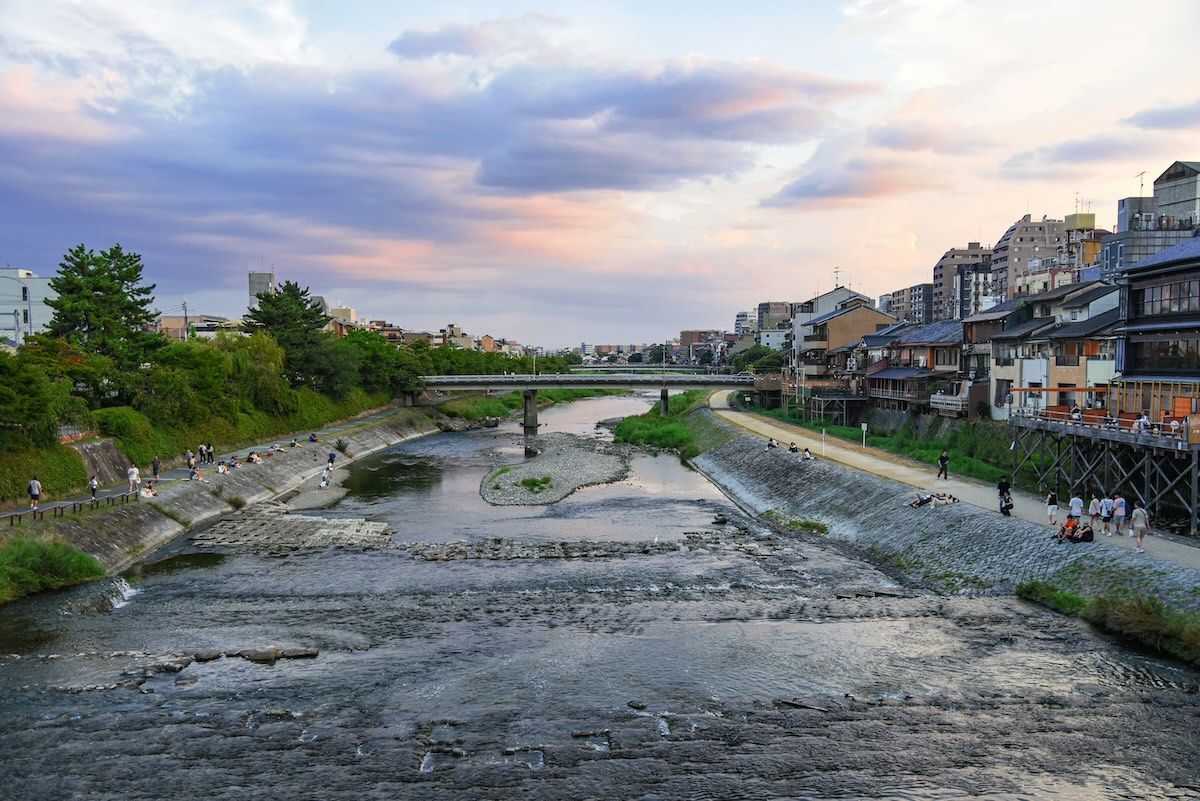
Last updated: June 1, 2025
I’ve called Kyoto home since 2016. Here’s my personal shortlist of what to do, where to go, what to drink and eat in the cultural capital of Japan.

This guide only represents my personal experiences and preferences. It's also very much shaped by the places I lived throughout the years which are mostly in the northern part of the city, namely the Nishijin area and the Sakyo-ku area. I am 87.5% sure all the places I recommend will be friendly to non-Japanese speakers.
I rarely take pictures, at least without my children all over them, so I've borrowed all of the photos used on this page from official websites or services like Tabelog. If you are the owner of a photo and want it removed, please contact me, this page is not used for commercial purposes and I will remove it immediately.
Let’s go over a few general key points before my must-see recommendations. These are not all Kyoto-centric so probably relevant to the rest of your trip.
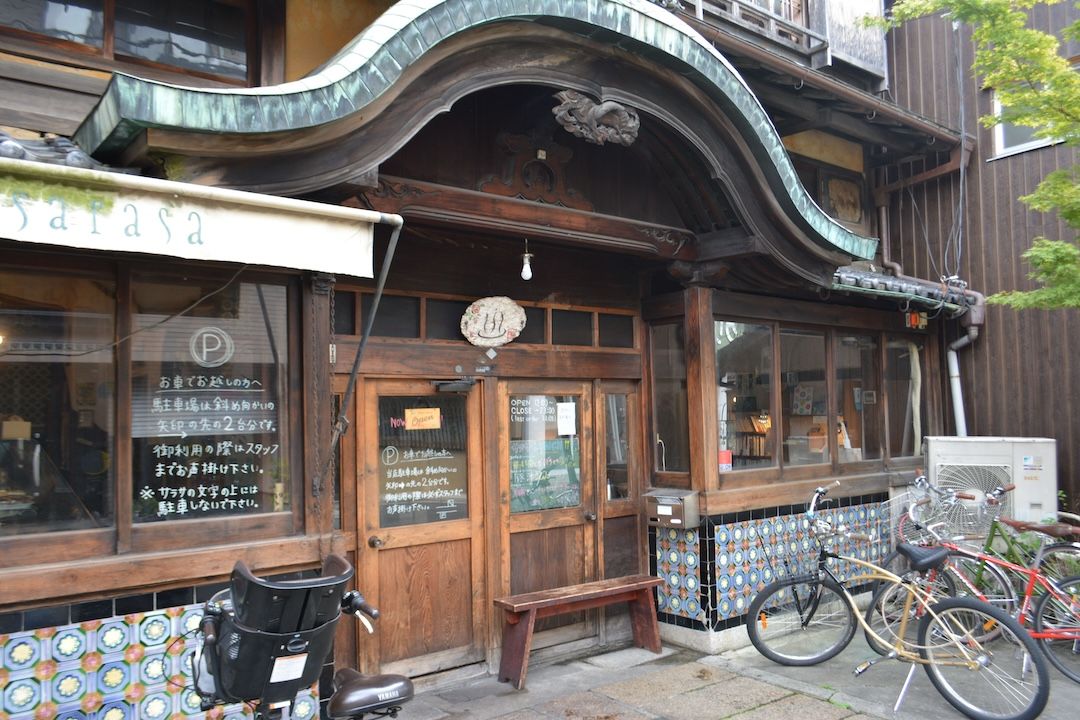
In the old textile district of Nishijin is located an old bath house that was turned into a cute cafe. The wooden building alone is worth a visit. The interior is quite cosy, the walls are covered in beautiful tiles that echo the rich past of the place. You can find one of the last (opened) bath house up the road in the name of Funaoka Onsen. Oh and they also have food but I’ve never tried it.
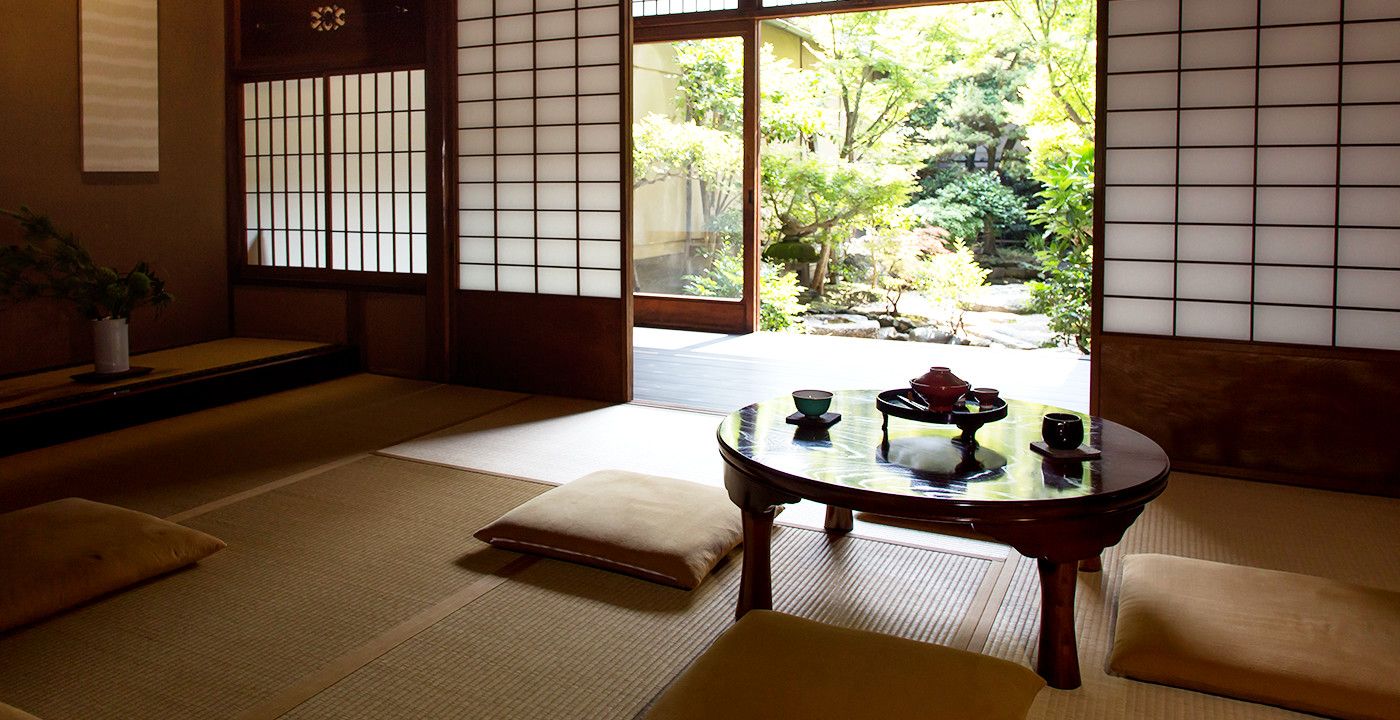
Downtown Kyoto can be crowded, loud and hectic. This hard-to-find cafe is located in a renovated Machiya and offers a breath of silence in the chaotic Kyoto downtown experience. I recommend to drink macha if you enjoy it and enjoy the view on the garden. It is recommended to keep your voice down in those types of cafes.
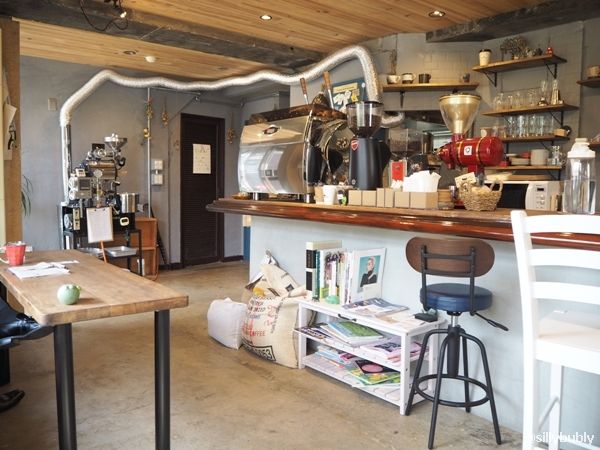
A true boomer rec. If you don’t like drinking your coffee surrounded by people chatting on Slack, if you need a real cup, not a paper cup, this is the coffee shop for you. Laptops and I believe screens in general are banned so take a good book or a good friend with you and enjoy the absence of keyboard mashing. They make a great cappucino. Try their iced coffee on a hot day.
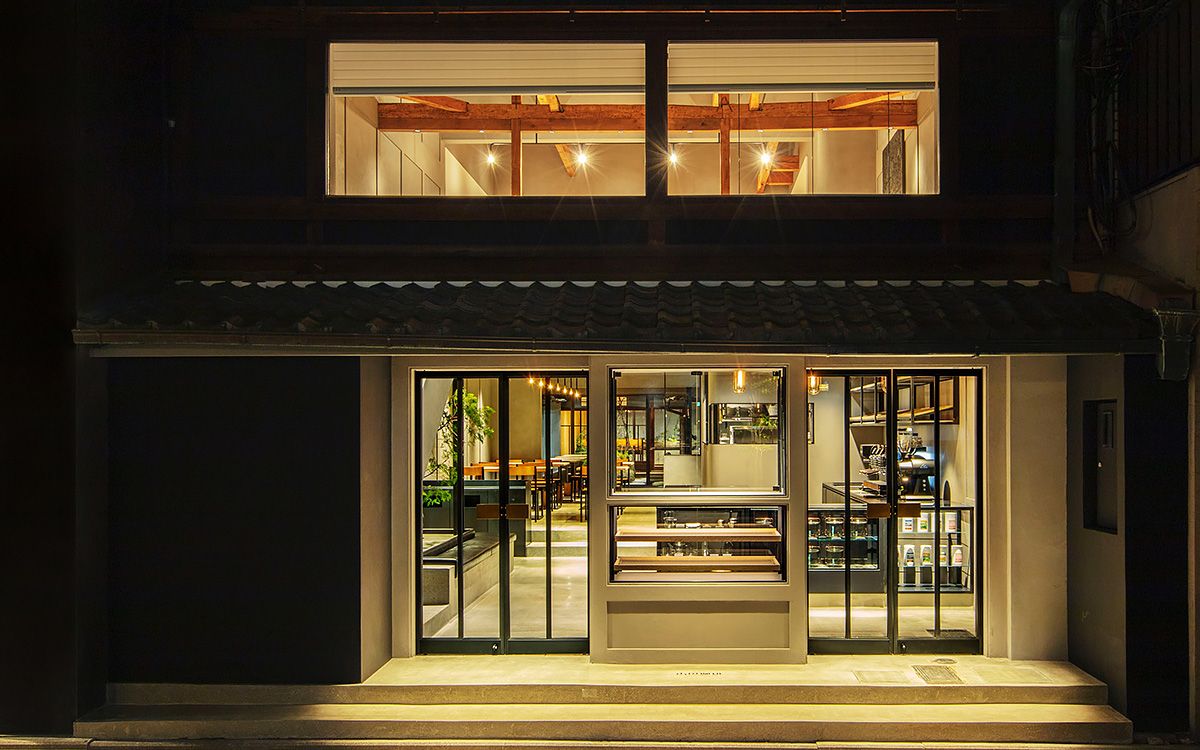
While in Japan, live like a Japanese. The quitessential cafe experience will have you drink your freshly roasted coffee with an egg sandwich or a toast and Ogawa Coffee will deliver like few others can in the business. I recommend going to the Nishiki store since they have a nice back garden but they seem all great. A little bit of a curiosity but I learned while writing they also seem to have a store in Boston.
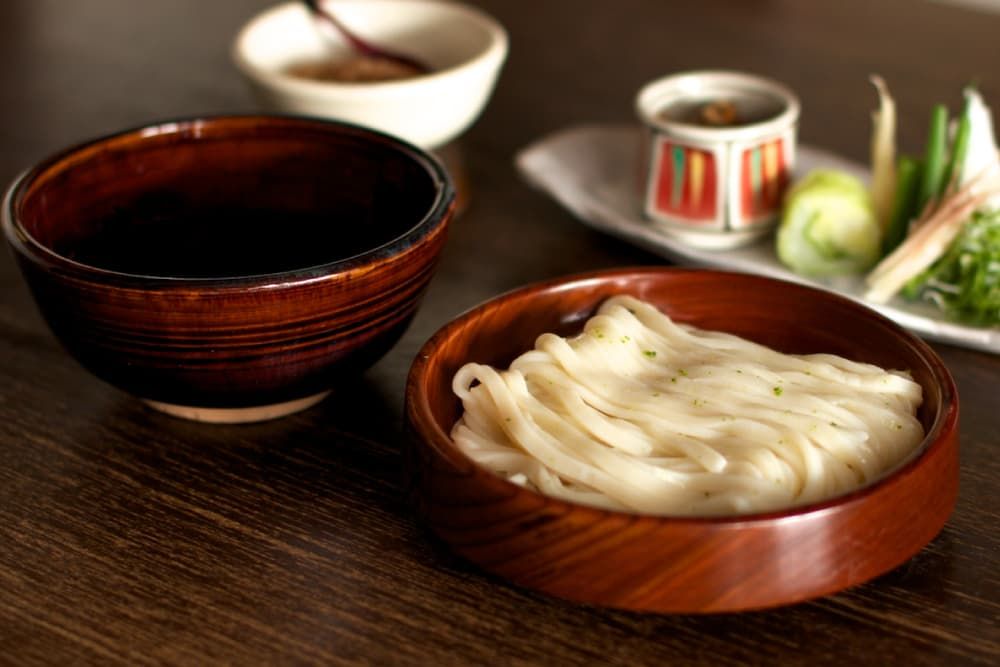
There are lots of udon restaurants in Japan. A lot of places will overcook them sadly. A lot of places will rely solely on the dashi flavor and forget about everything else that could have been. That’s not Omen’s case, happily for me, because I love udon, and I truly think they are the authentic, original, Japanese soul food. The kind of food you’re always happy to eat after a long trip or a hard day. They have two shops in Kyoto and I recommend going to the main store which is located near the Ginkaku-ji.
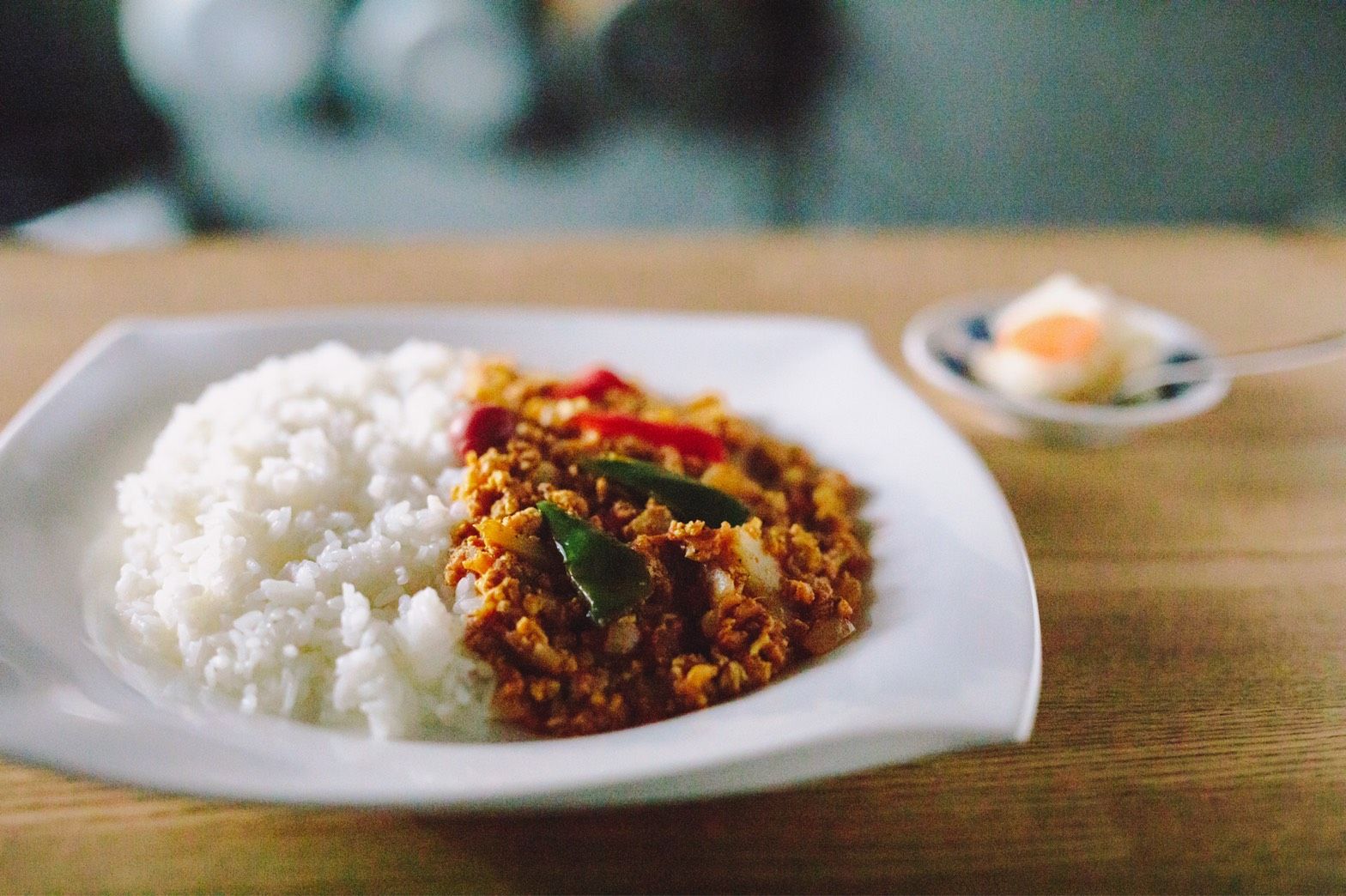
The name should suffice as a warning sign. The food there is very spicy, so it’s not going to be for everyone. If you do enjoy spices on the other hand, I think this place is pretty much a guaranteed stop on your list while in Kyoto. Restaurant owner, Shin, has been perfecting this (chicken) keema curry recipe for close to 15 years. They serve this one recipe, with optional cheese topping, in the traditional Japanese curry way with white sticky rice and umeboshi and it’s delicious.
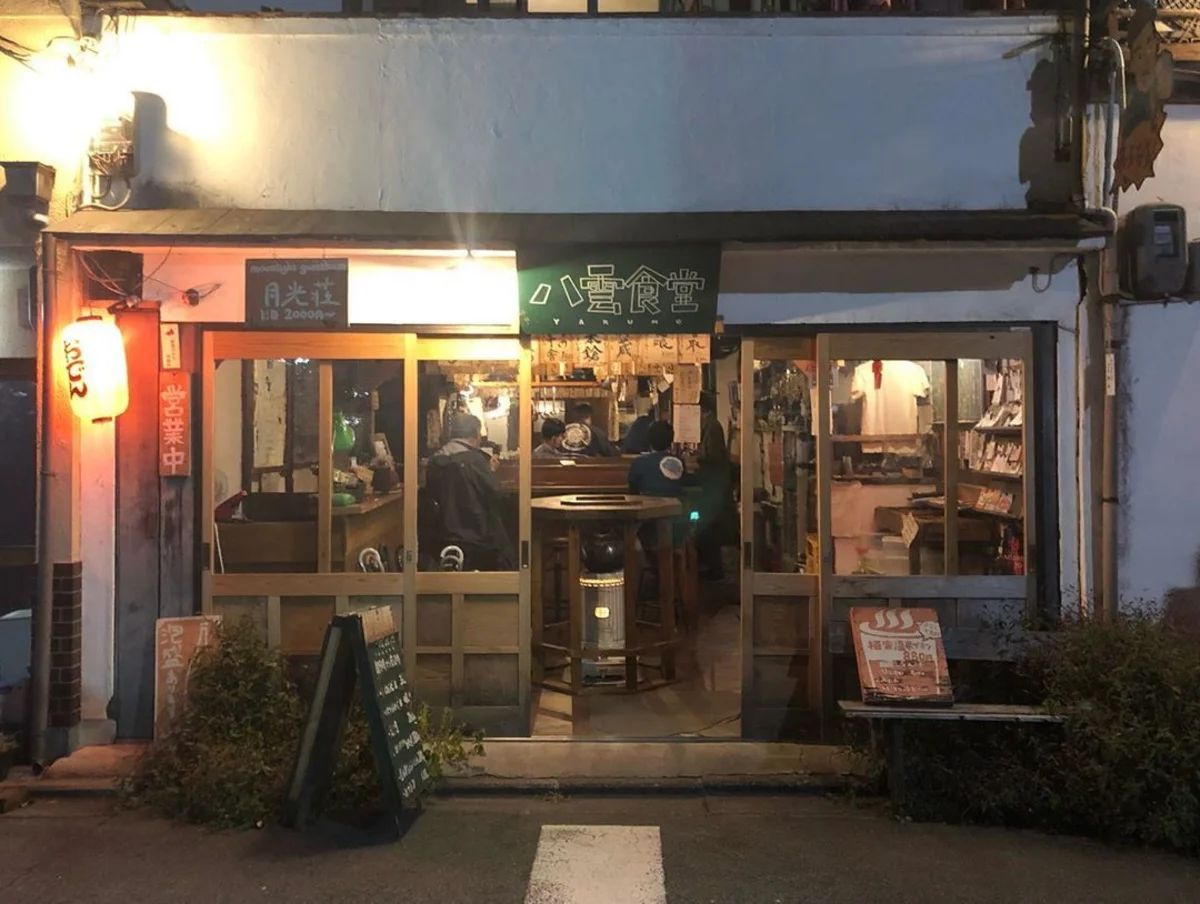
Located in front Funaoka Onsen, one of the few remaining opened bath house in Kyoto, and located in the old textile district of Nishijin, this small okinawa-style izakaya is a great place for drinks and early dinner after a nice hot bath. In my experience, regulars won’t be against a conversation with you. This place is also a cheap dortoir hostel if you wanted to get a bit drunk and sleep upstairs.
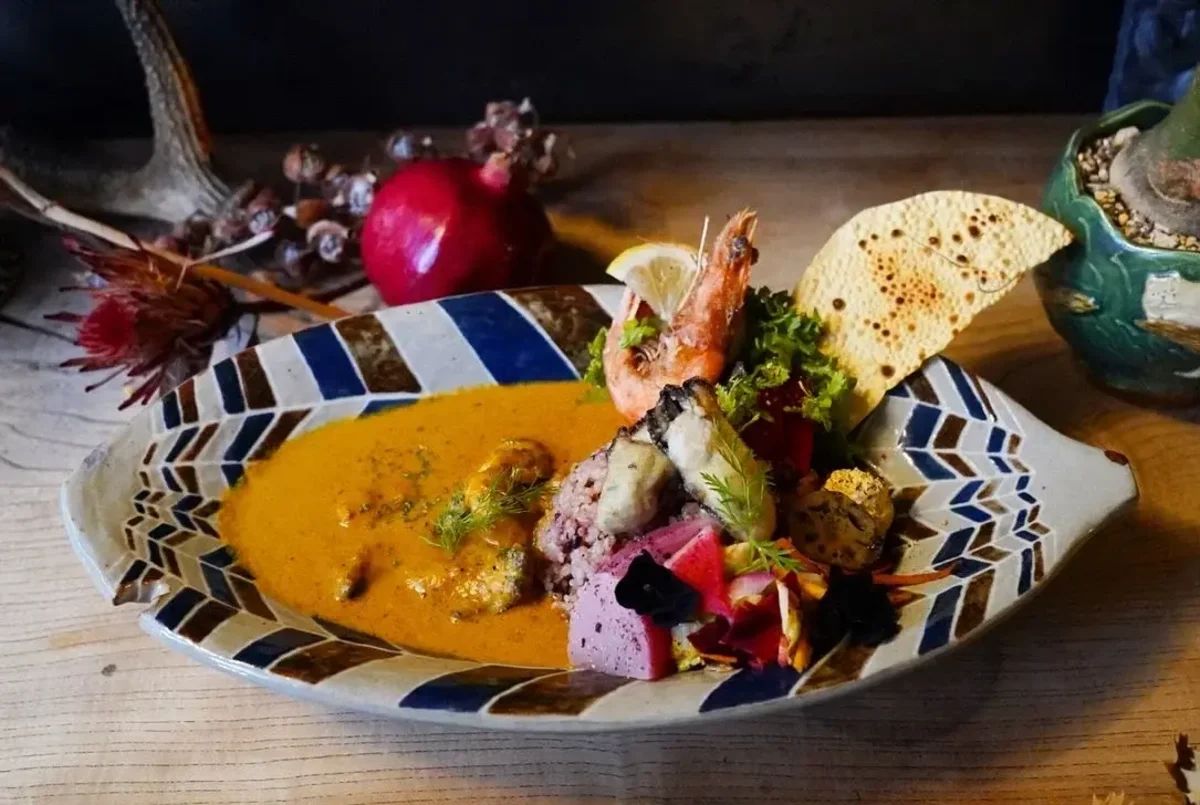
What do I have with curries in Japan? I do not know. I just love’em. This one though is probably the most exquisite in all of Kyoto. They have different sorts of curries including a wonderful spinach chicken curry. The owners are very kind and welcoming. The menu is only available in Japanese but they should be able to help you order.
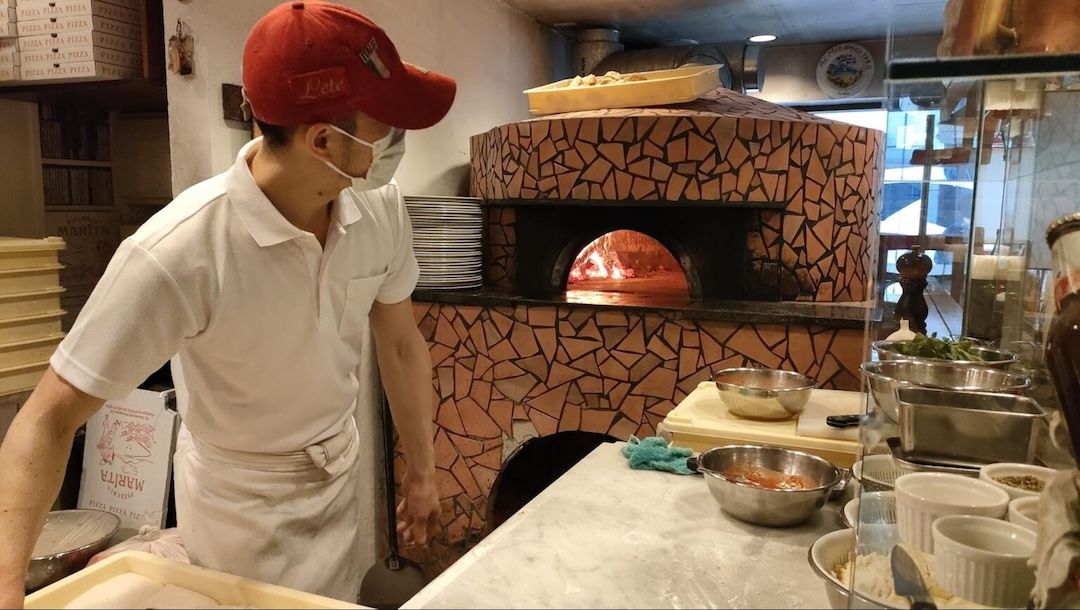
I’m not too sure why anyone would want to eat pizza while visiting Kyoto but it sure is one of the best type of food available on the planet so why not. You never know where you’ll be when the pizza craving hits you. Marita is without a doubt my favorite napolitan pizza place in Kyoto. Place is very small though so don’t bring a big group.
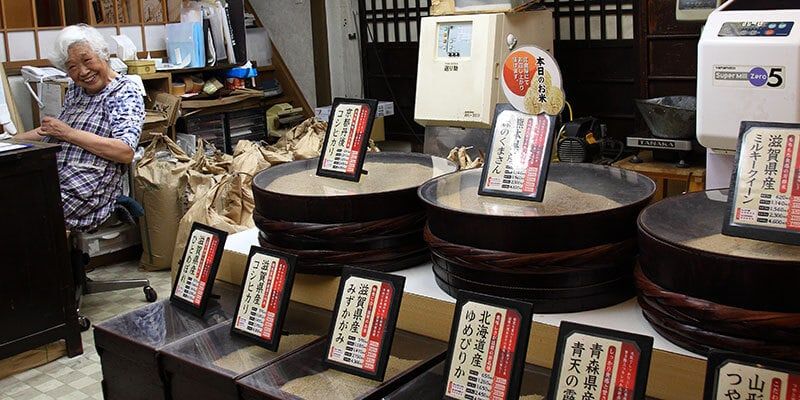
Another recommendation in Nishijin, the old textile town of Kyoto. Kitchen Papa is a Japanized Western restaurant that’s hidden behind a rice shop. The classic meal there is the hamburger steak with demi-glace sauce, a delicious bowl of steamed rice (you can ask for whole grain) and miso soup. Since the rice shop is front and center of the experience, they will serve you rice in a sommelier-like experience, telling you about the origin of the rice and its specificity. It’s different every week. You’ll also find some shrimp and chicken options too. Expect a long waiting queue in the weekend.
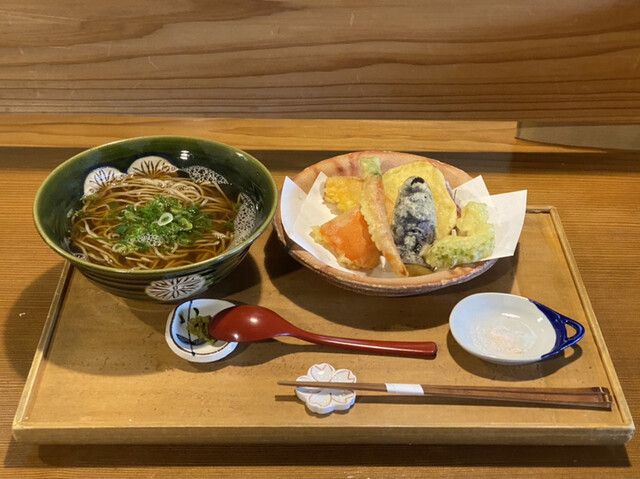
Some say, the best soba restaurant in Kyoto is Kanei which I cannot verify when I write this but will definitely try sooner than later. In the meantime, here’s my favorite alternative. Located at the crossing between Imadegawa street and Kamishichiken, this small restaurant will make you fall in love for Kyoto-style sobas. The “kamo-negi soba” (duck and onions) and “kinoko soba” (mushroom soba with a yuzu kosho or pepper/yuzu seasoning) are staples. The sides are also delicious. Try them all. Most of the vegetables they cook come from the owner’s farm, north of Kyoto.
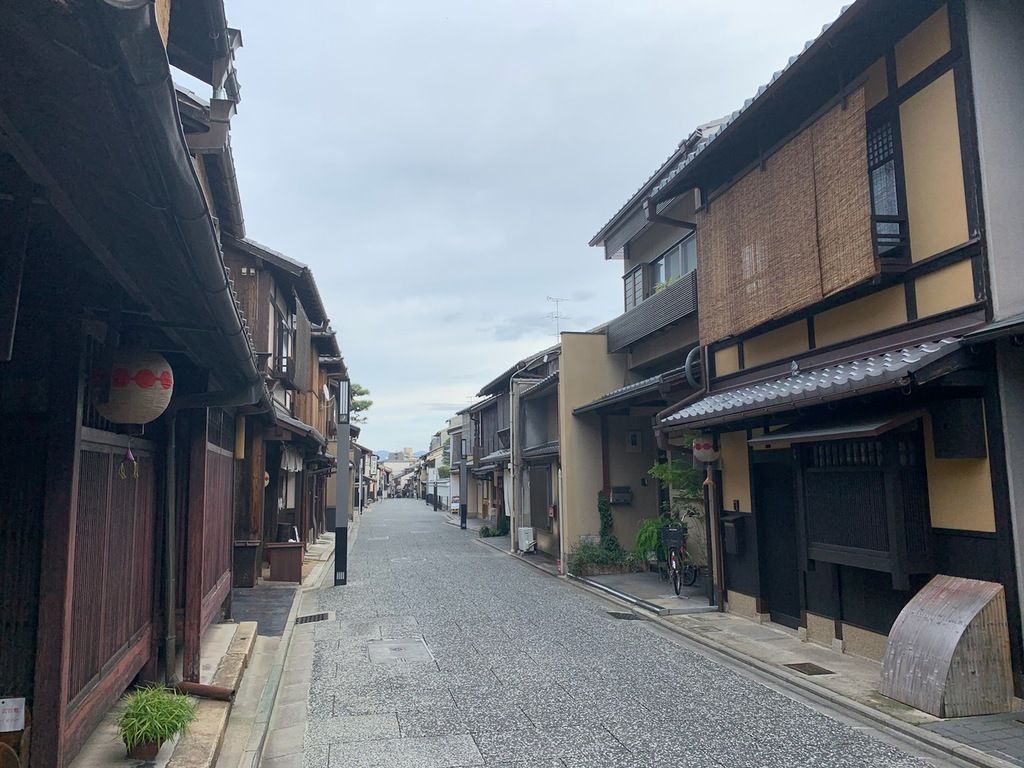
If you want to avoid the crowds but still want to witness what the old Kyoto used to be like, very early morning Gion is not your only option.
As an alternative, I recommmend strolling around Kamishichiken and the Kitano Tenmangu. You’ll find the oldest geiko district in Kyoto amazingly preserved without electric cable lines in the air and lots of delicious tofu specialty cafes & tofu shops.
Every 25th of every month, the Kitano Tenmangu shrine hosts a flea market.
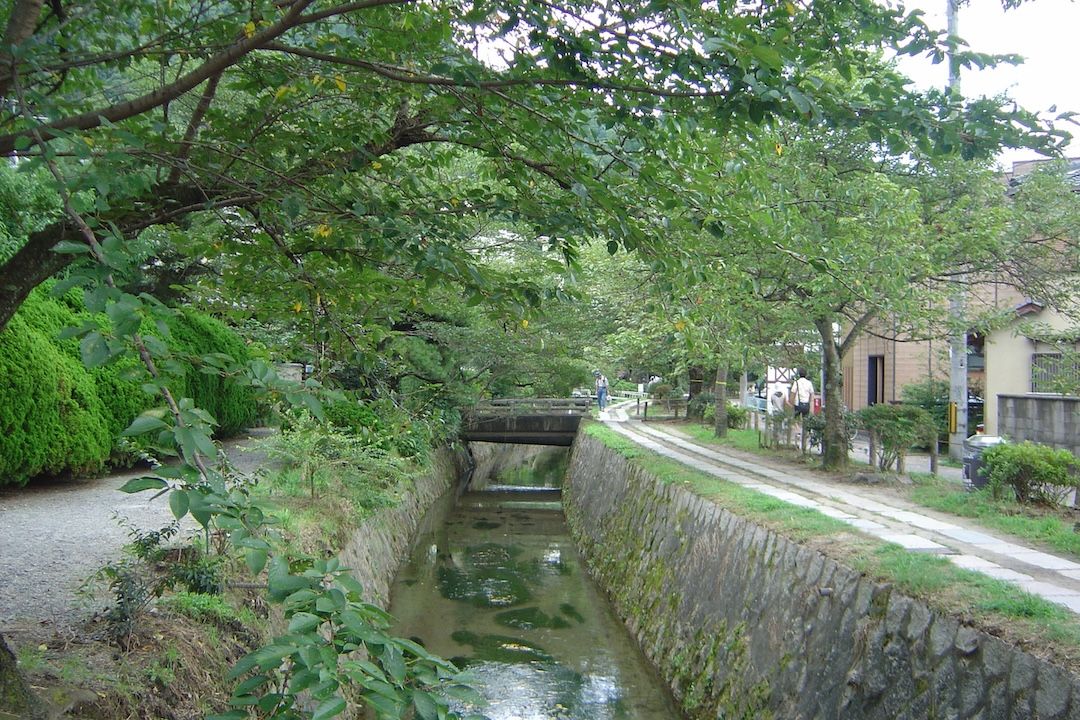
I recommend that you start your walk from the Nanzen-ji or Eikando Temple and follow the Philosopher’s Path up to the Ginkaku-ji. You can do stops along the way to visit the temples and shrines. Perhaps, check the back alleys too. The walk is about 2 kilometers long and takes about 30-40 minutes without stops.
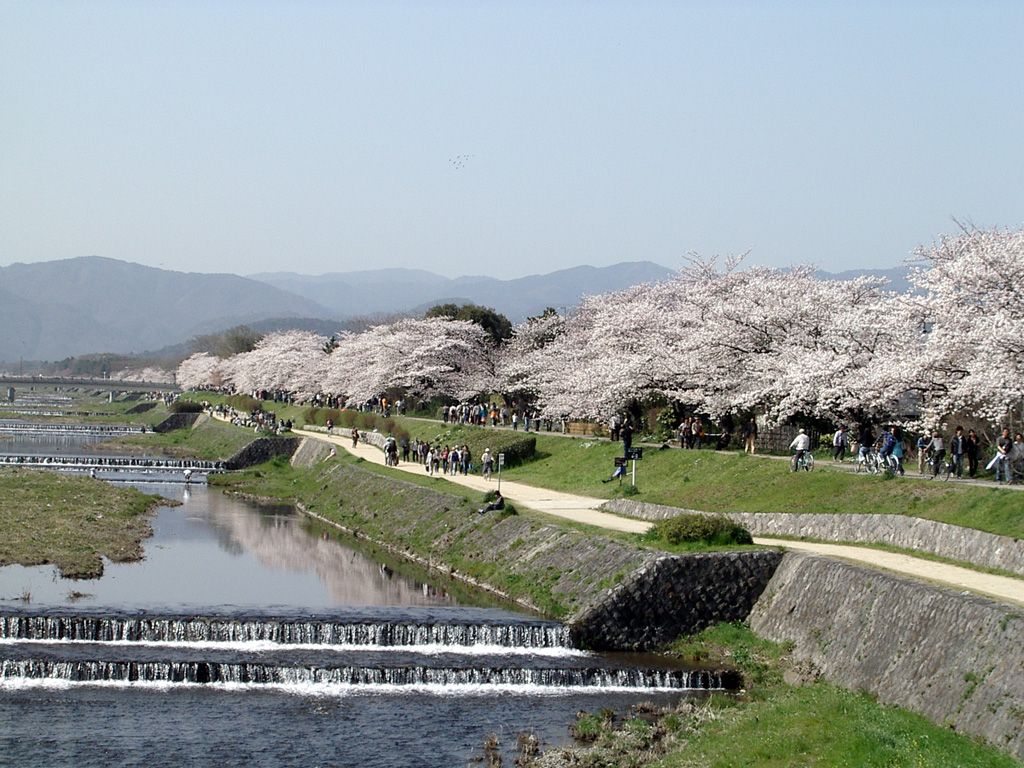
If you want to get a glimpse at the real Kyoto, the one that people live in, not the one that people from all over the world come to visit, I think you’ll do yourself a favor by riding your bicycle or doing the long walk from Gojo street to wherever most north you can reach (well that is if you visit outside of summer where a walk in the sun is going to be physically impossible). Lots of tourists around Shijo and Sanjo but as you continue towards Demachiyanagi and further towards Kitayama and the Kyoto Botanical Garden, you’ll start to see music students practicing their instruments, people napping, picnicing, well you know, enjoying a slower pace kind of life. It’s the place where I fell in love with Kyoto.
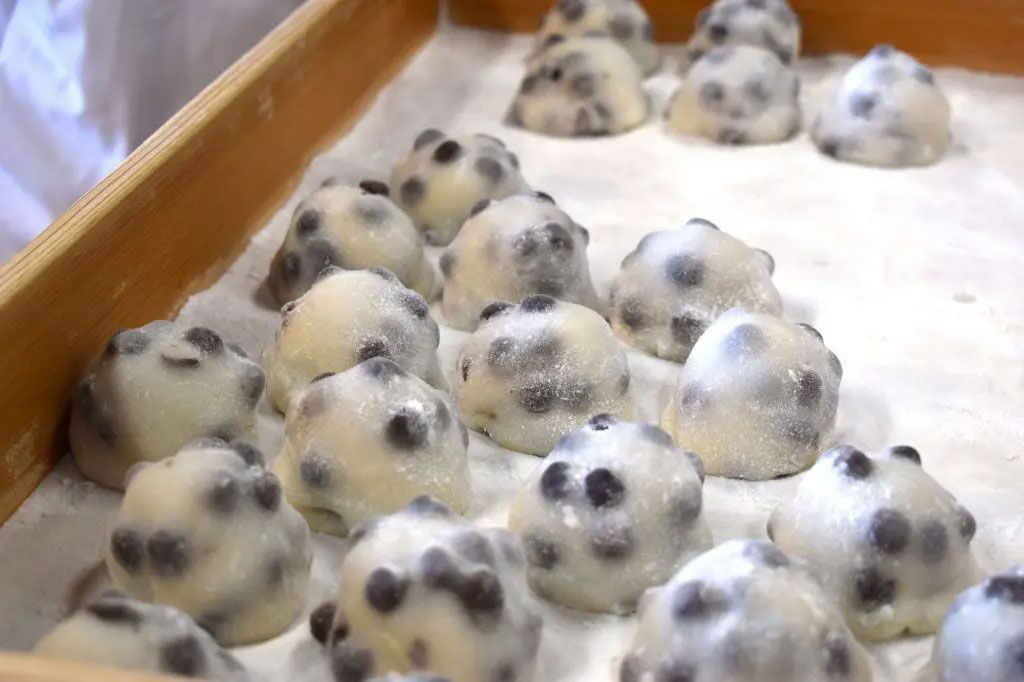
Not far from Demachiyanagi Station, a short walk from the river bank mentioned above, you could take a quick break and buy wagashi or Japanese sweets. And there’s few better places than Futaba in my opinion. This shop has been making traditional Japanese sweets since 1899. It is quite famous all around Kyoto and especially so in the Northern part of Kyoto. The shop is associated with a long queue. Morning, afternoon, weekdays, weekend, there is always a queue. Gifting a Kyotoite wagashi from Futaba is known as a delicate attention as they will know you had the patience to wait in queue for them.
Not necessarily a Kyoto-centric tip but: Japanese people call these depachika, literally a contraction that means “the underground of department stores”. It’s the food deli floor. Literally the best kind of floor: alleys upon alleys of all sorts of delicious food. The food is all out behind windows so it’s easy to know what you’re buying even if you don’t speak Japanese.
I recommend Kyoto Daimaru but Takashimaya works too. Note that the latter also is where the Kyoto Nintendo Store and Mandarake Kyoto are located.
(Work in progress)
(Work in progress)
(Work in progress)
(Work in progress)
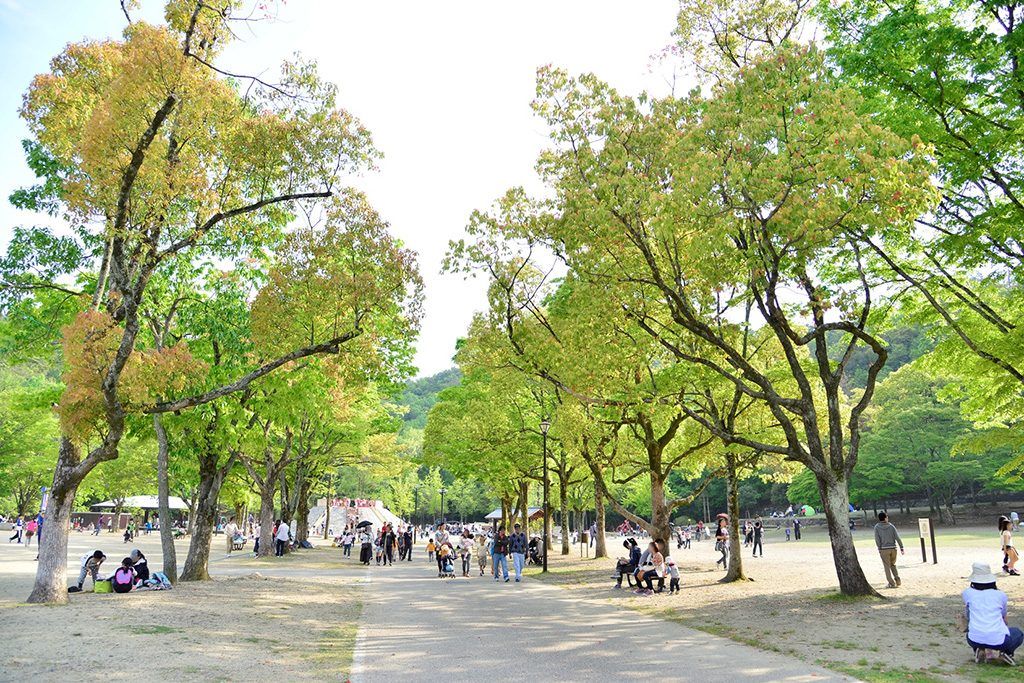
An absolute staple of my life with kids in Kyoto, this large kid’s playground is located in a bigger park located around the Takaragaike pond in the north of Kyoto. It can be easily accessed by metro (last station on the Karasuma Line). You can also walk around the pond and rent a rowing boat or pedalo for some fun times with the kids.
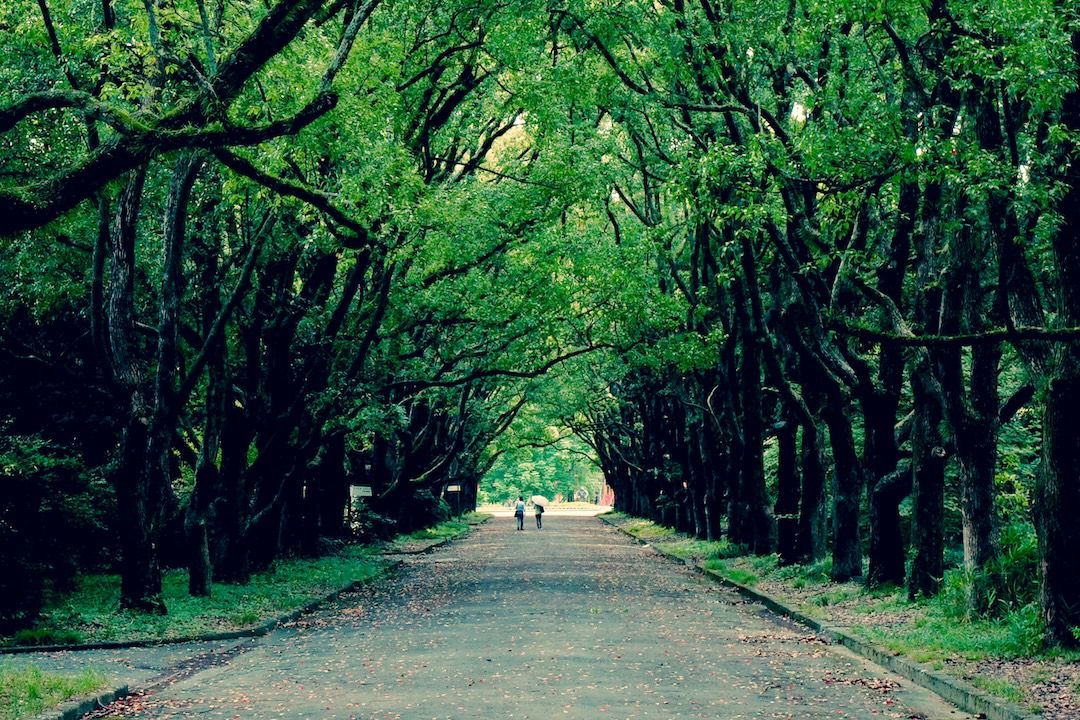
Kyoto has a great botanical garden with lots of space, activities, kid’s parkour, slides but it’s still not very popular with tourists which makes it an even easier recommendation from me. Japan has a lot of seasonal vegetation, so it’s always a fun time to go, minus maybe deep into January/February but even though, I’d still go. There’s a rose garden that’s beautiful in May.
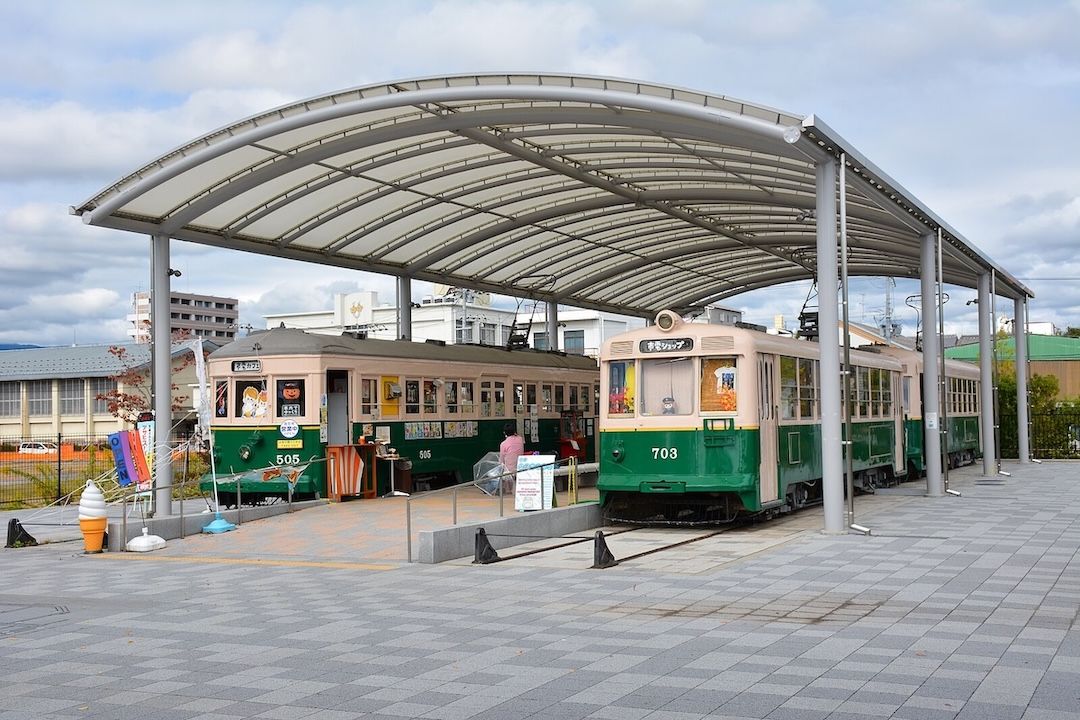
Another fine park, more centrally located near Kyoto Station this time. Bunch of playground games near the Railway Museum. Let’s ignore the Kyoto Aquarium though because it’s just a sad place. There are cafes around the playground though, which is rare enough to be mentioned. The Railway Museum also has a couple of playground areas, indoor and outdoor. They also run an old steam train. Choo choo.
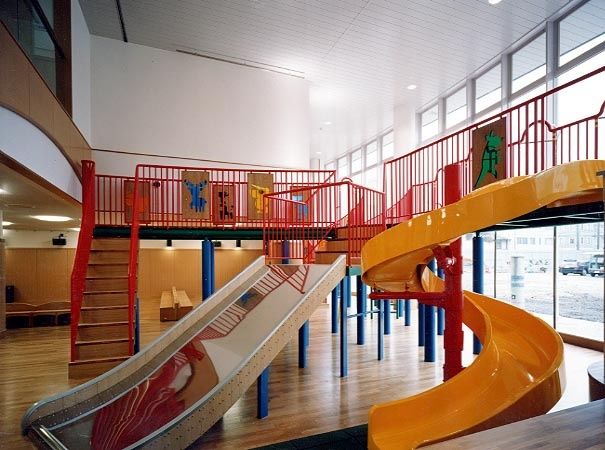
This is going to be a super niche rec. If you have little kids (between 0 and 6) and it’s raining cats and dogs outside, this could be an excellent way to entertain your toddlers in between some museum or shopping sessions. You’ll have to visit their website, use some translation service in your browser and battle a bit with the outdated UI so you can book a time slot in advance. My kids loved that place when they were smaller.
Another rainy days rec, but not necesssarily. This is a popular game arcade chain in Japan. The one on Kawaramachi has a lot of options, including a purikura section which is getting smaller and smaller every year. You’ll also find UFO catcher machines, popular games like Taiko no Tatsujin or Mario Kart and a bowling alley where you can order food and drinks.